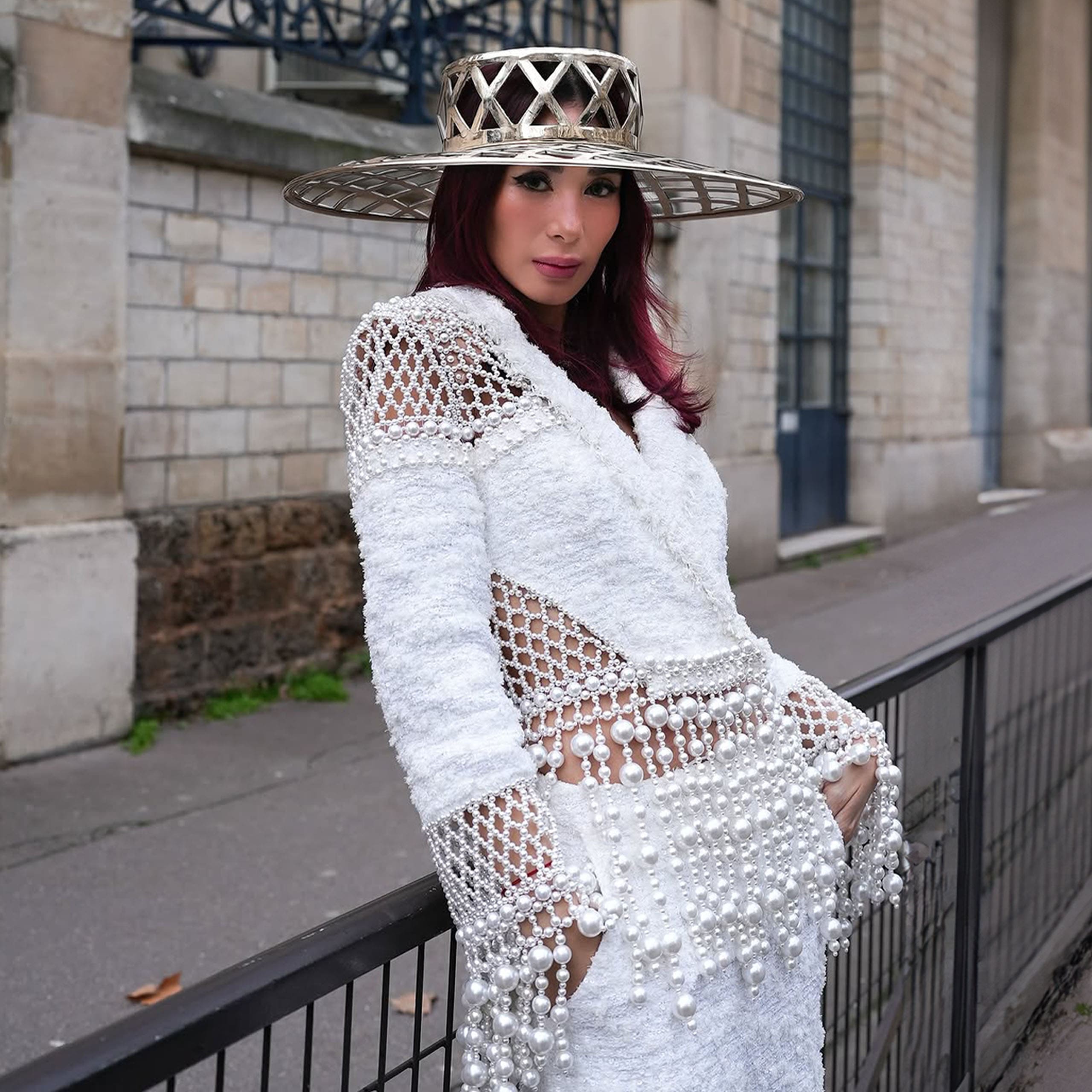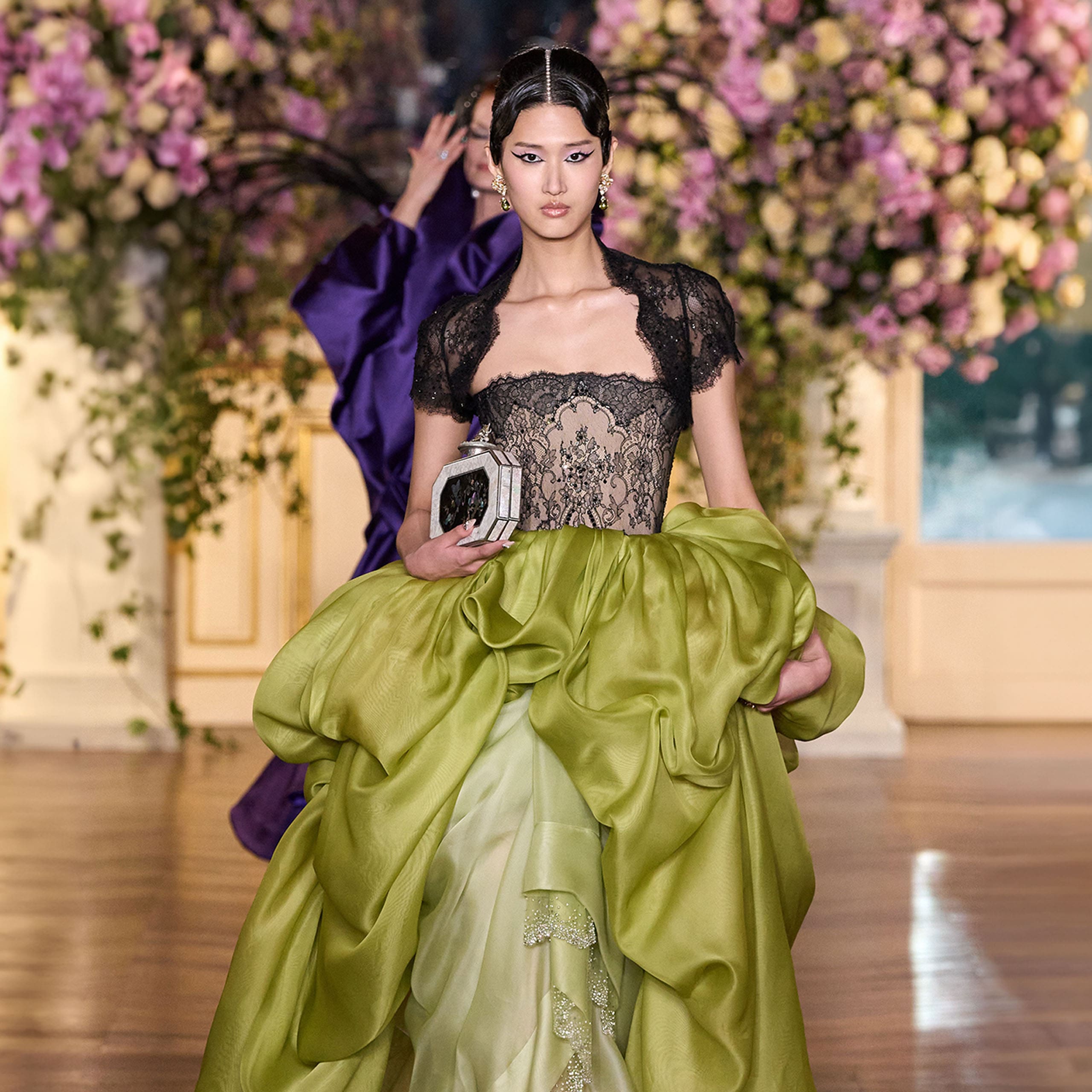To be considered “haute couture,” a fashion house must meet a stringent list of requirements by The Fédération de la Haute Couture et de la Mode
Haute couture. The name carries reverence, reserved for creations that stand apart from fashion’s fleeting rhythms. What grants a garment this rare distinction: The precision of hand-stitched seams, the rarity of materials, or the heft of custom?
RELATED: MEGA’s Best Dressed List at TernoCon 2025 Celebrates the Modern Filipina
At its essence, haute couture is not fashion at its most extravagant. It is fashion at its most exacting. Each piece takes shape through time-honored craftsmanship, with the human hand guiding fabric into something almost mythical. These are not garments in the everyday sense. They are objects of devotion, built stitch by stitch in ateliers that uphold an art form few can master.
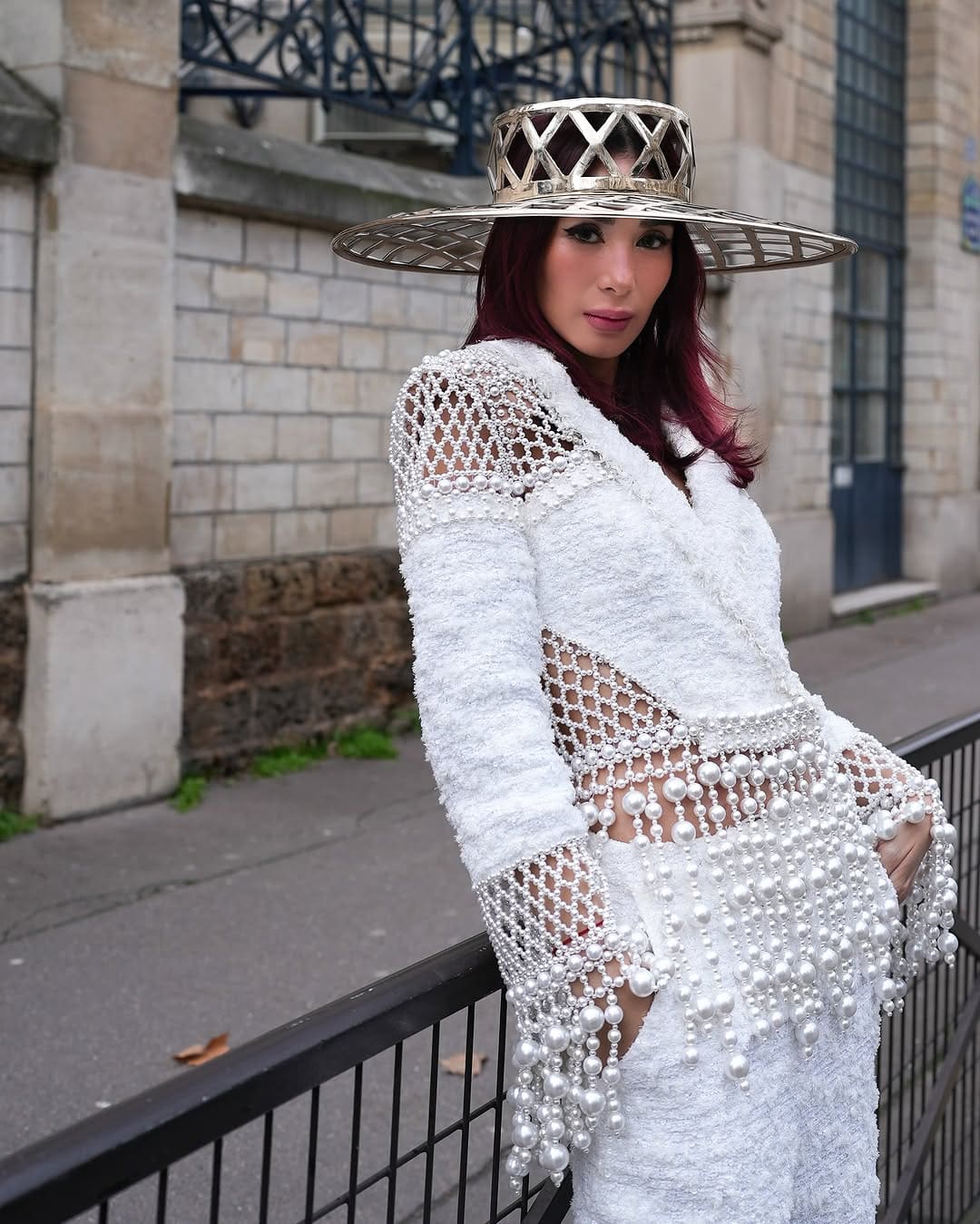
An Exclusive Labor of Love
It was the mid-19th century when Charles Frederick Worth, an Englishman in Paris, laid the groundwork for haute couture as we know it today. His vision was simple: he designed clothes specifically for wealthy clients, creating garments that weren’t just fashionable but bespoke to an extreme degree. Worth’s designs were so exceptional that he even had the audacity to put his own name on them, making him the first designer to establish a brand for his creations, and essentially revolutionizing the business of fashion.
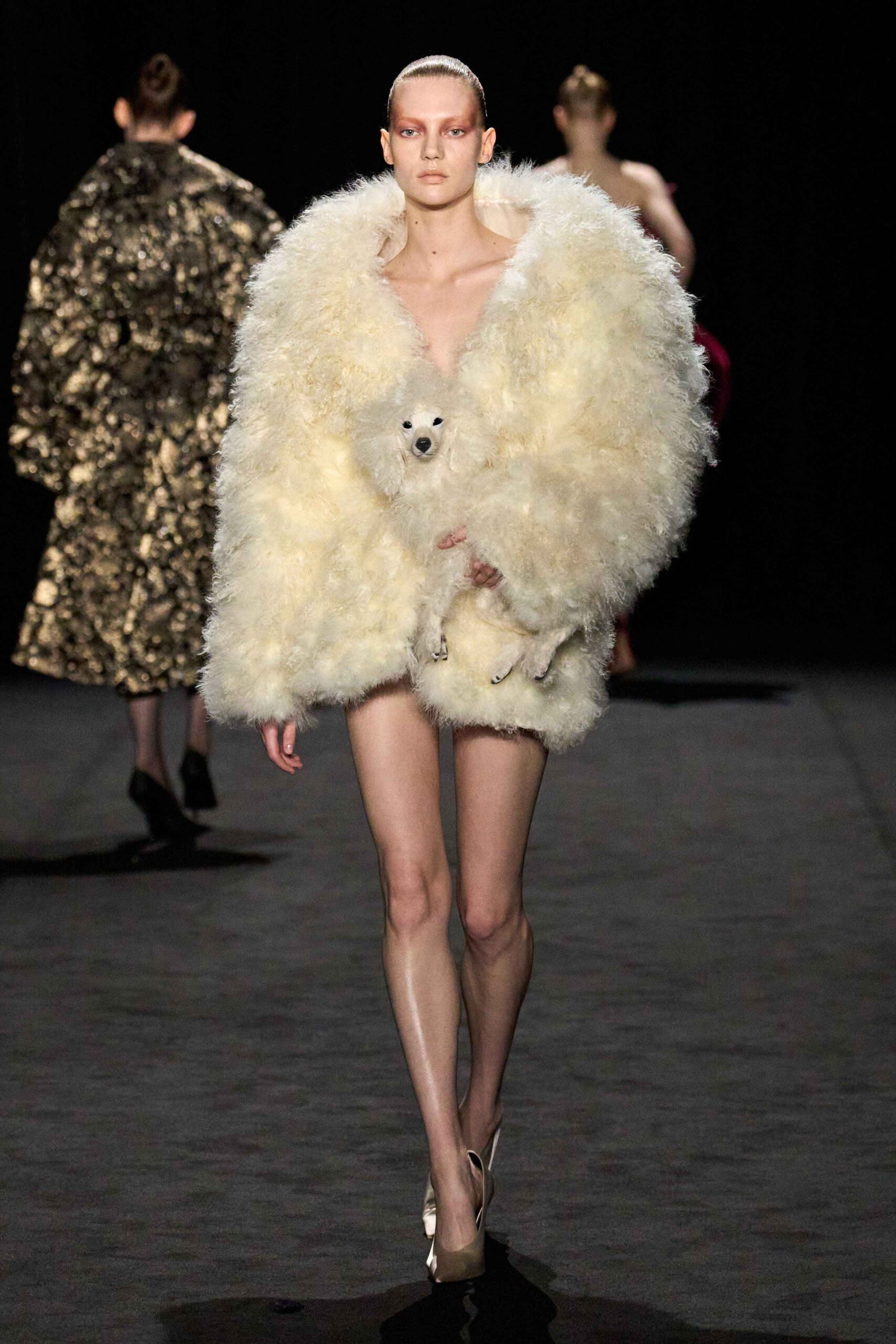
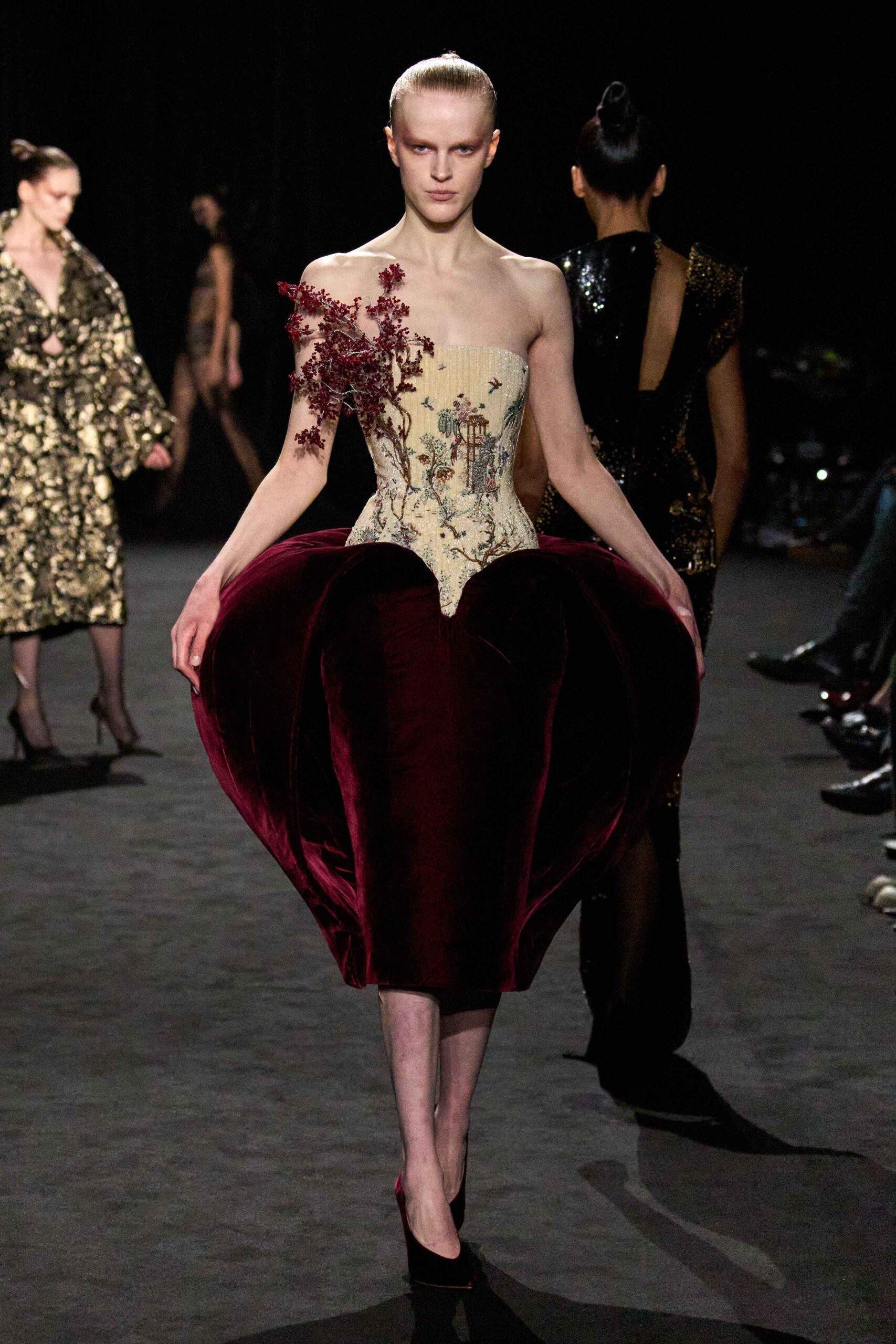
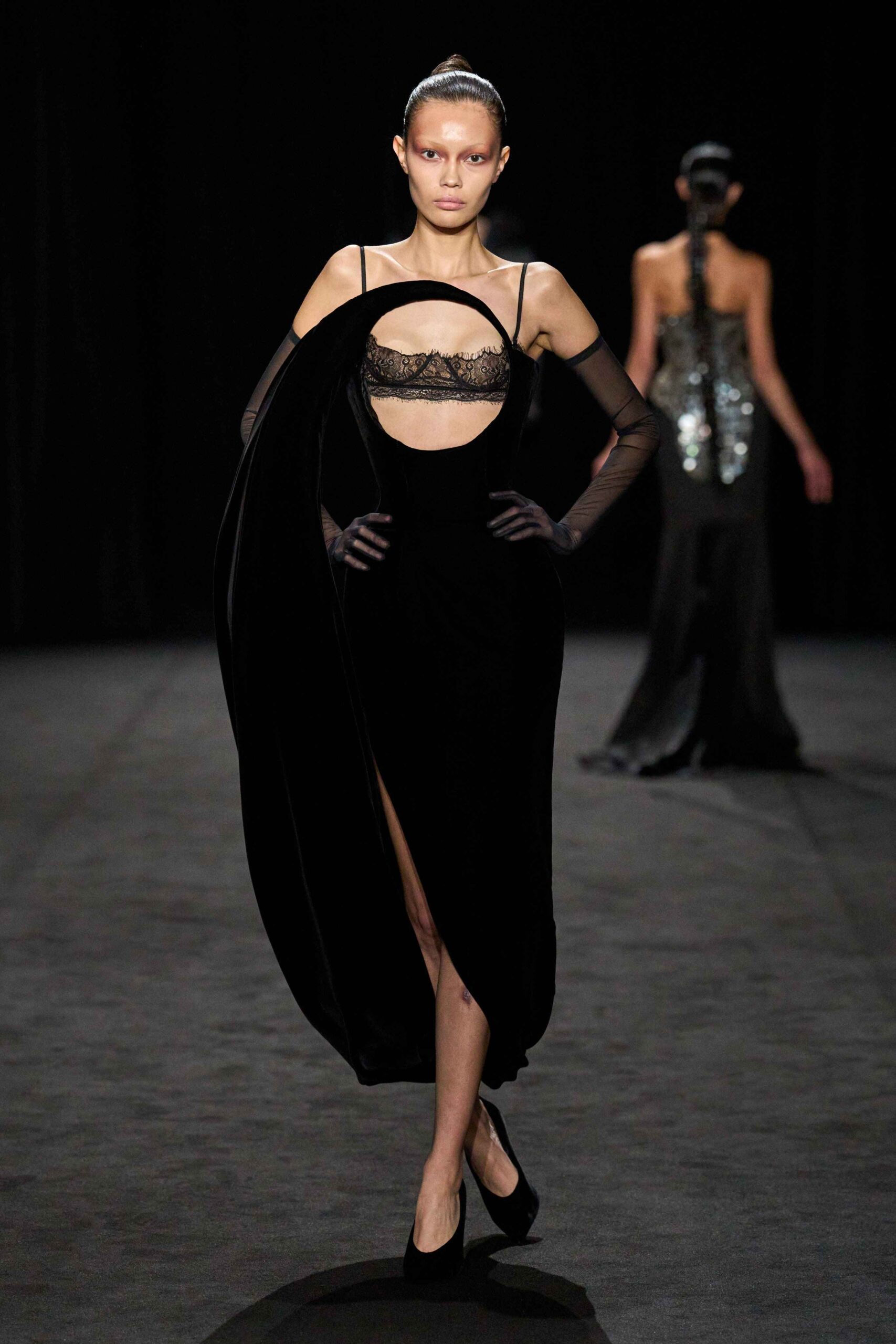
Worth’s work inspired the Parisian aristocracy to embrace custom-made fashion, and Paris became the beating heart of couture. The city remains its home, even as the concept of haute couture has evolved into a global affair.
The Golden Age
If couture had a golden age, it would have to be the mid-20th century. Think Christian Dior’s post-WWII collections, when he redefined women’s fashion with the iconic “New Look”—that hourglass silhouette that sent shockwaves through the world. This era was marked by a period of outstanding craftsmanship, when the best ateliers in Paris created masterpieces for a select few. Couture houses like Chanel, Givenchy, and Balenciaga were producing garments that were nothing short of revolutionary.
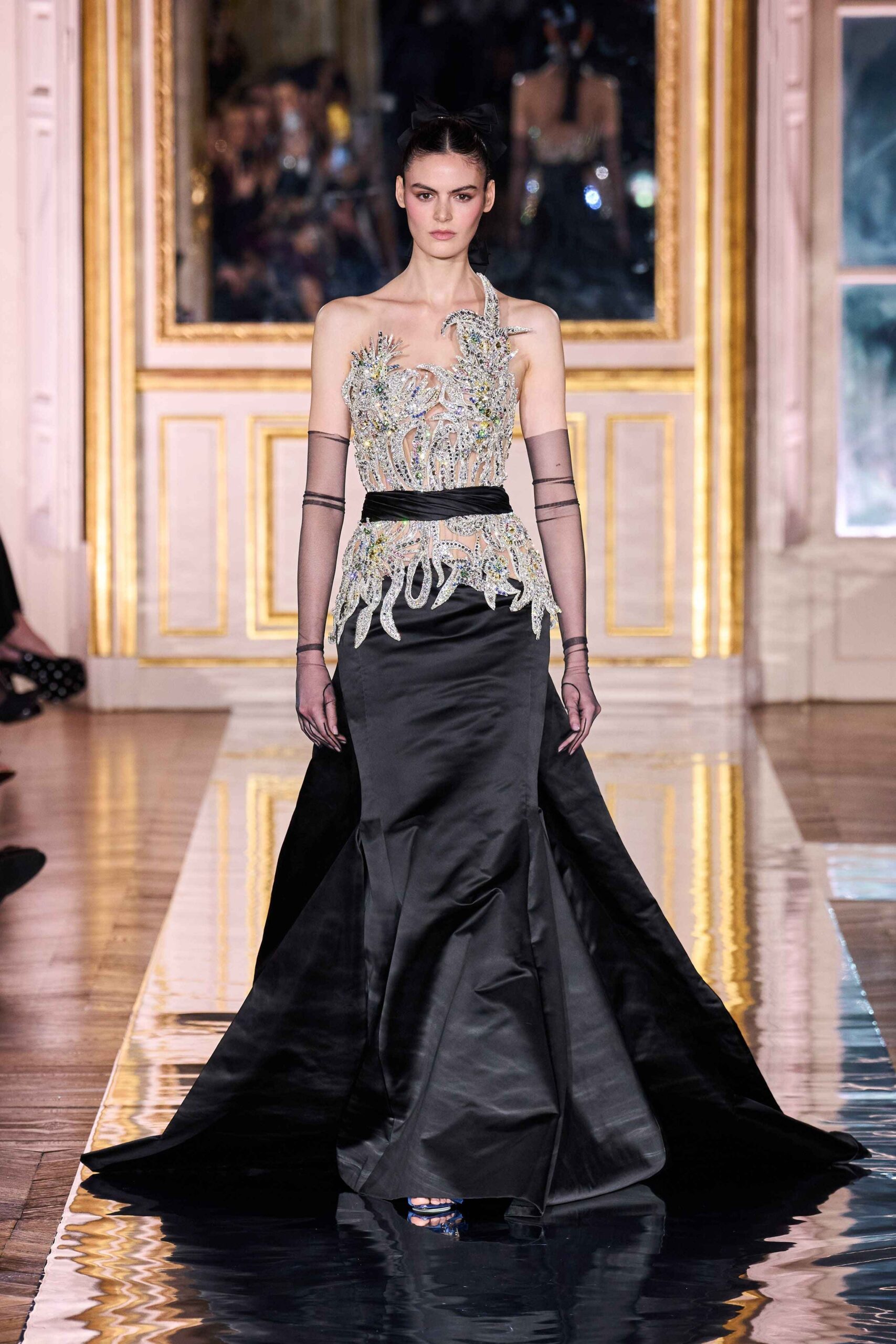
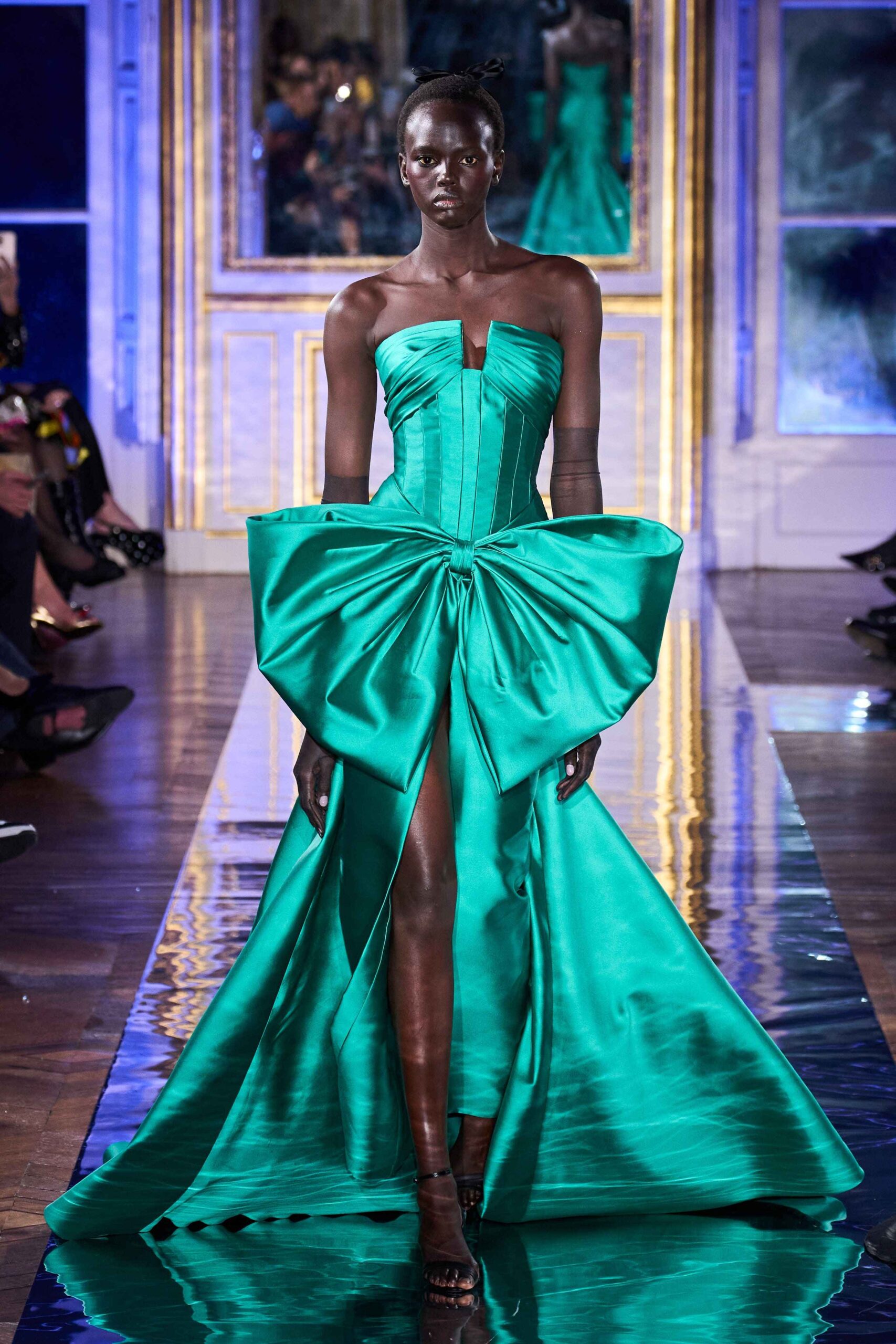
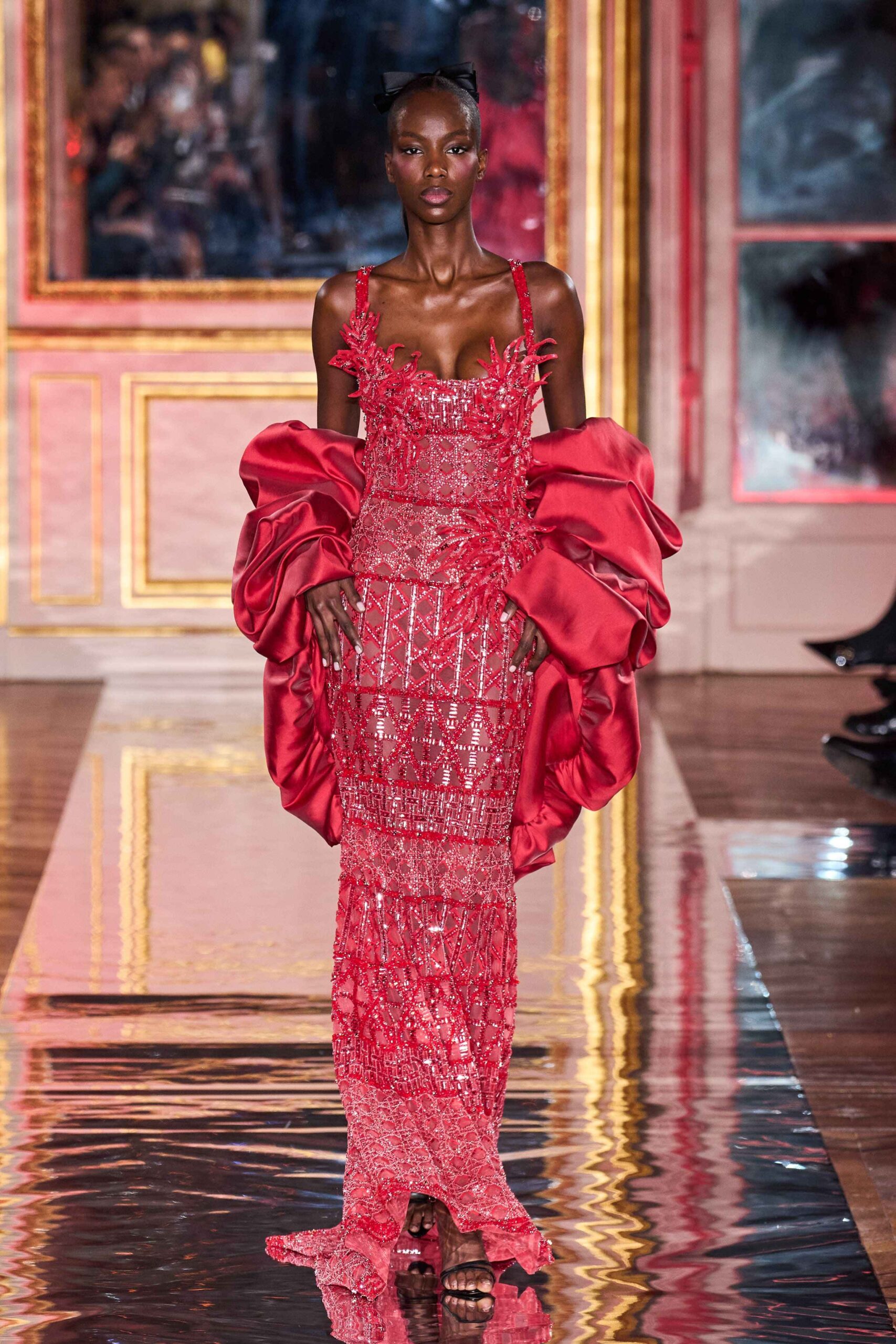
During this time, through a labor of love, fashion was about status, wealth, and exclusivity. It was an era where the fashion house’s logo was a symbol of power. But, as fashion grew more commercialized, ensuring the integrity of couture required oversight.
The Fédération de la Haute Couture et de la Mode: The Gatekeeper
But how do these high-end ateliers retain their status? The answer lies with the Fédération de la Haute Couture et de la Mode, the institution that serves as haute couture’s gatekeeper in Paris. It stands as the ultimate authority, admitting only those houses that meet its uncompromising standards. Established in 1973, the Fédération dictates the official couture calendar, oversees membership, and enforces the exacting criteria that distinguish true haute couture from mere aspiration.
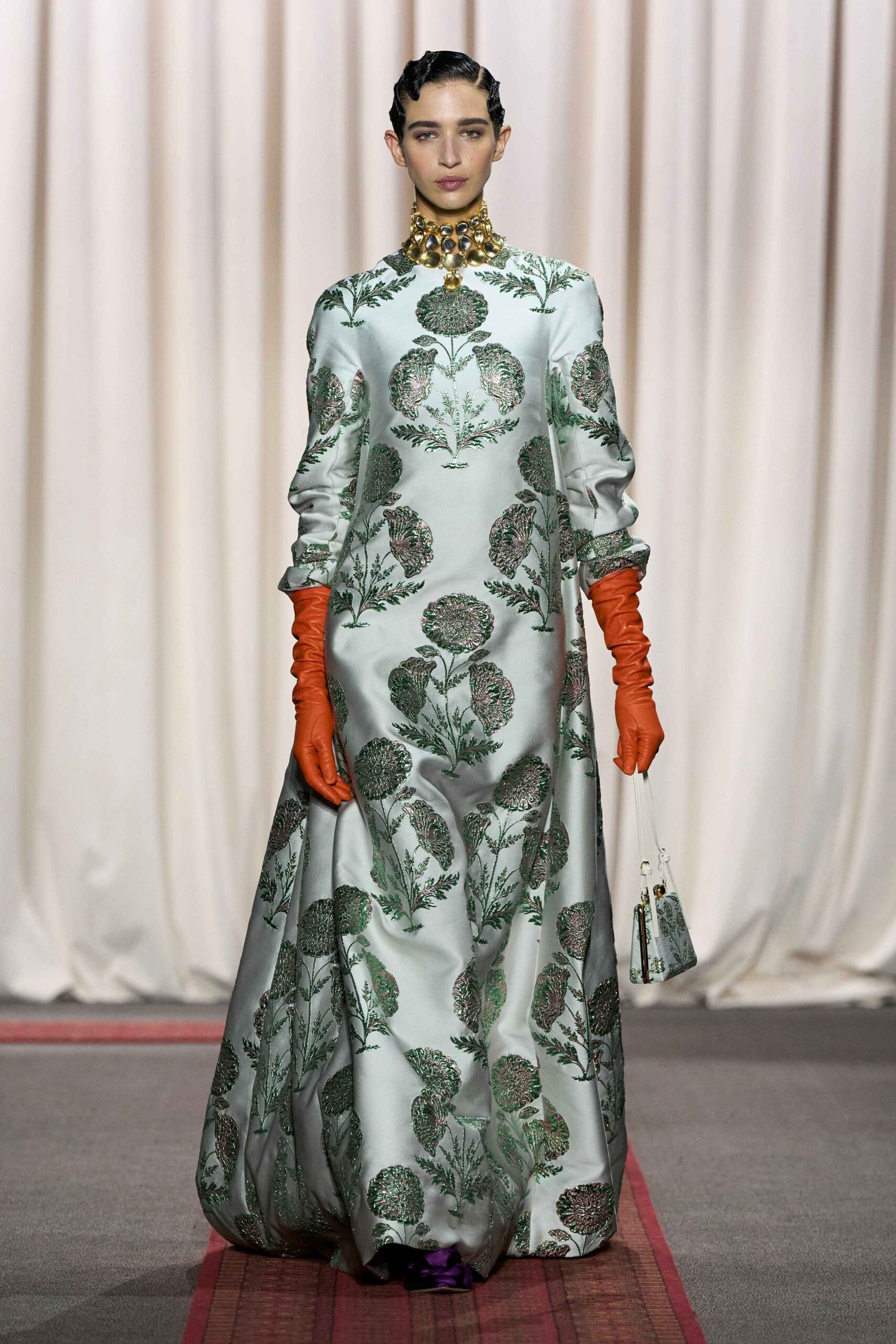
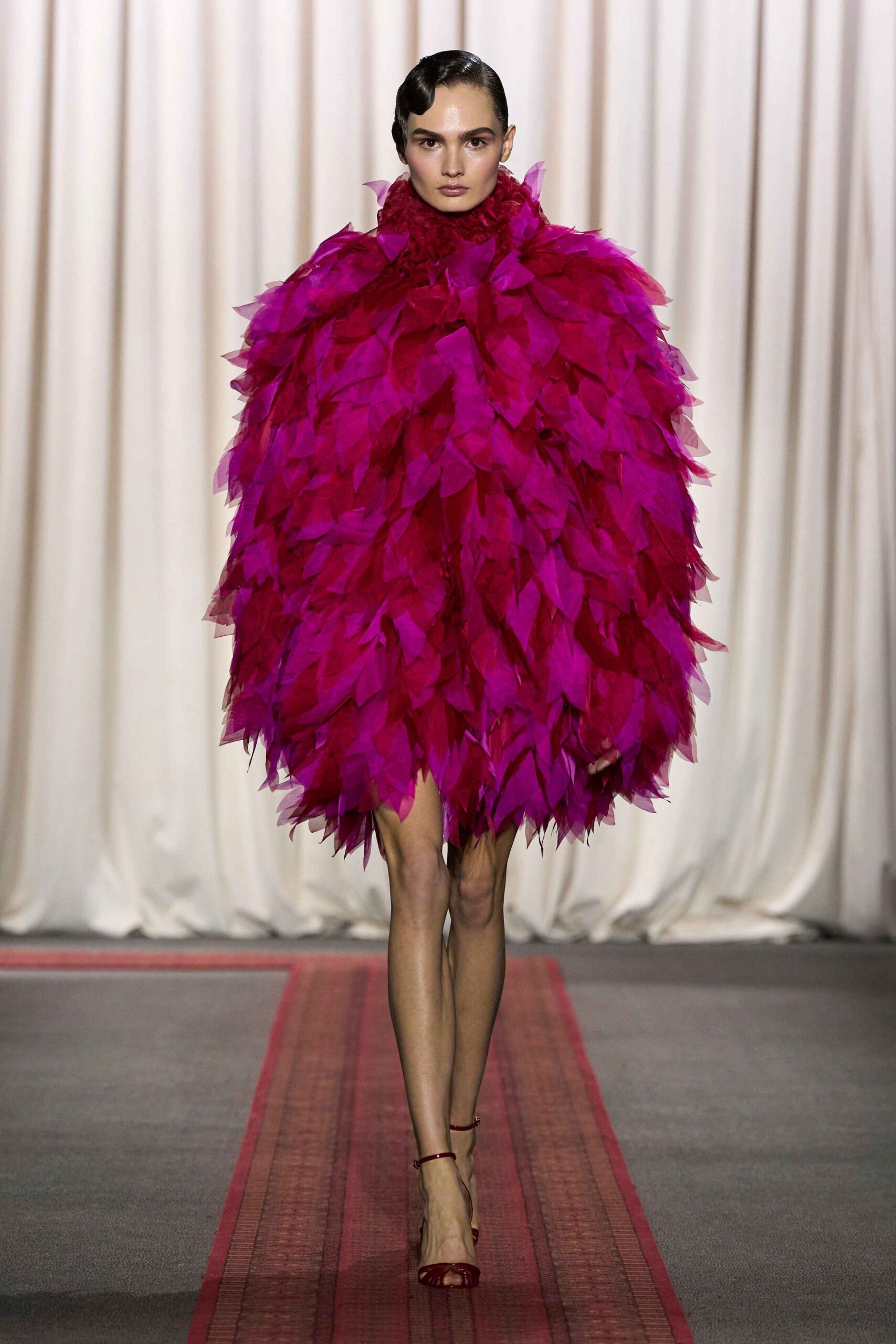
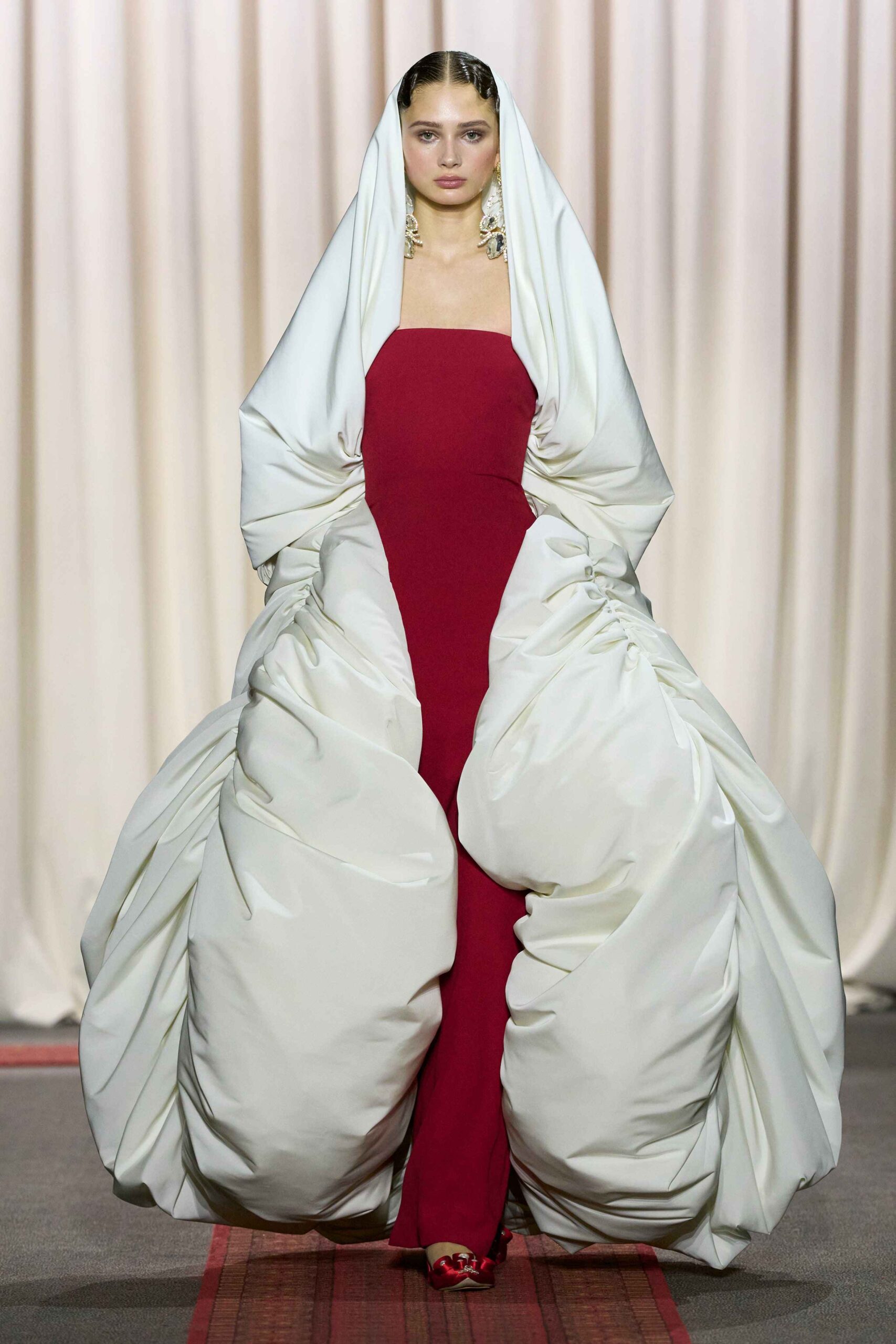
To be considered “haute couture”, a fashion house must meet a stringent list of requirements. They must create a collection of at least 50 looks, each made by hand, from start to finish, in their Parisian atelier. These garments must not only be one-of-a-kind but also created to measure for individual clients. Ready-to-wear is not allowed—this is bespoke, and nothing is left to chance.
Couture houses must meet strict financial and operational benchmarks. For instance, they need to employ a certain number of highly skilled artisans, ensuring that their work is a product of expertise. In short, couture is as much about talent and tradition as it is about an unwavering commitment to the craft.
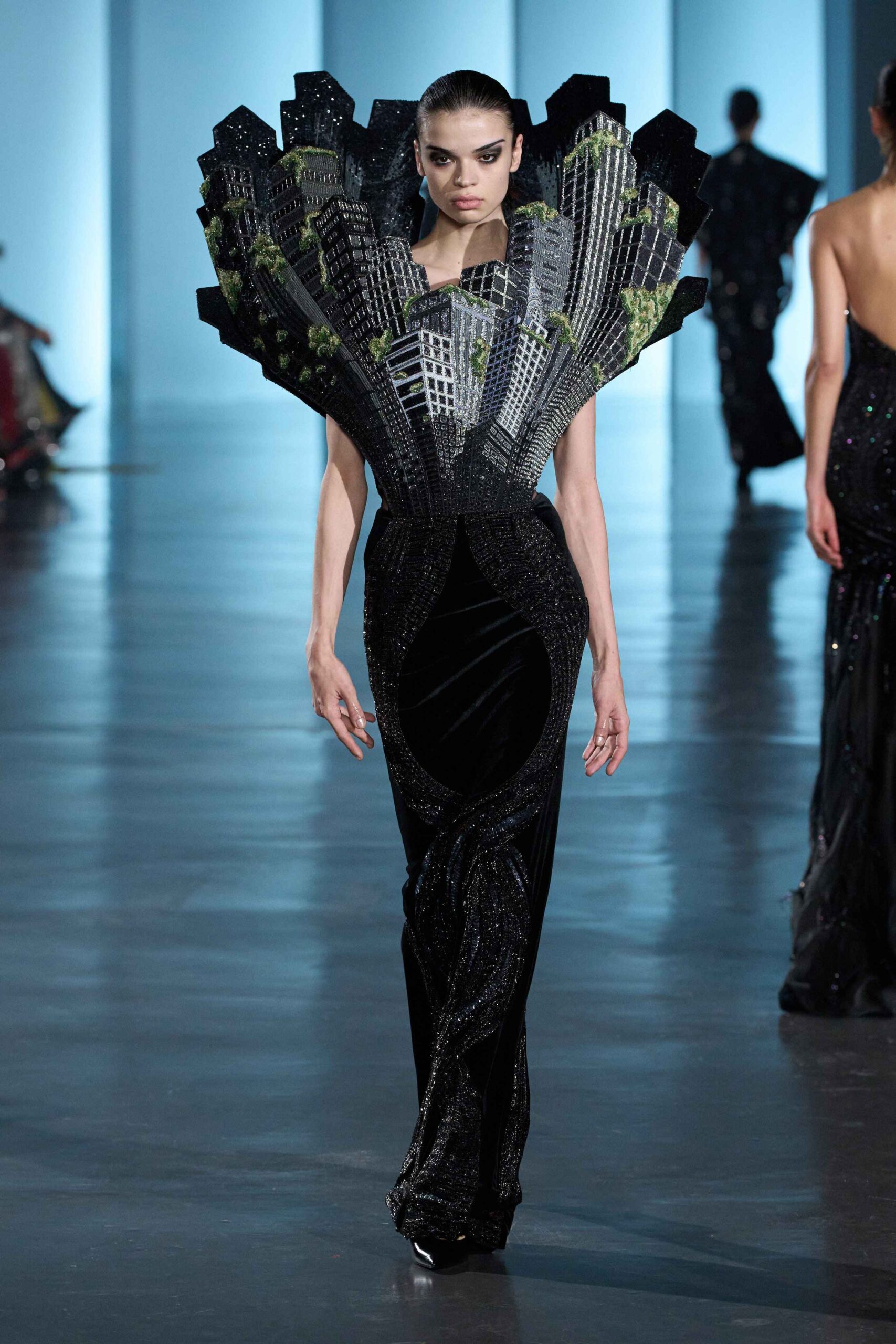
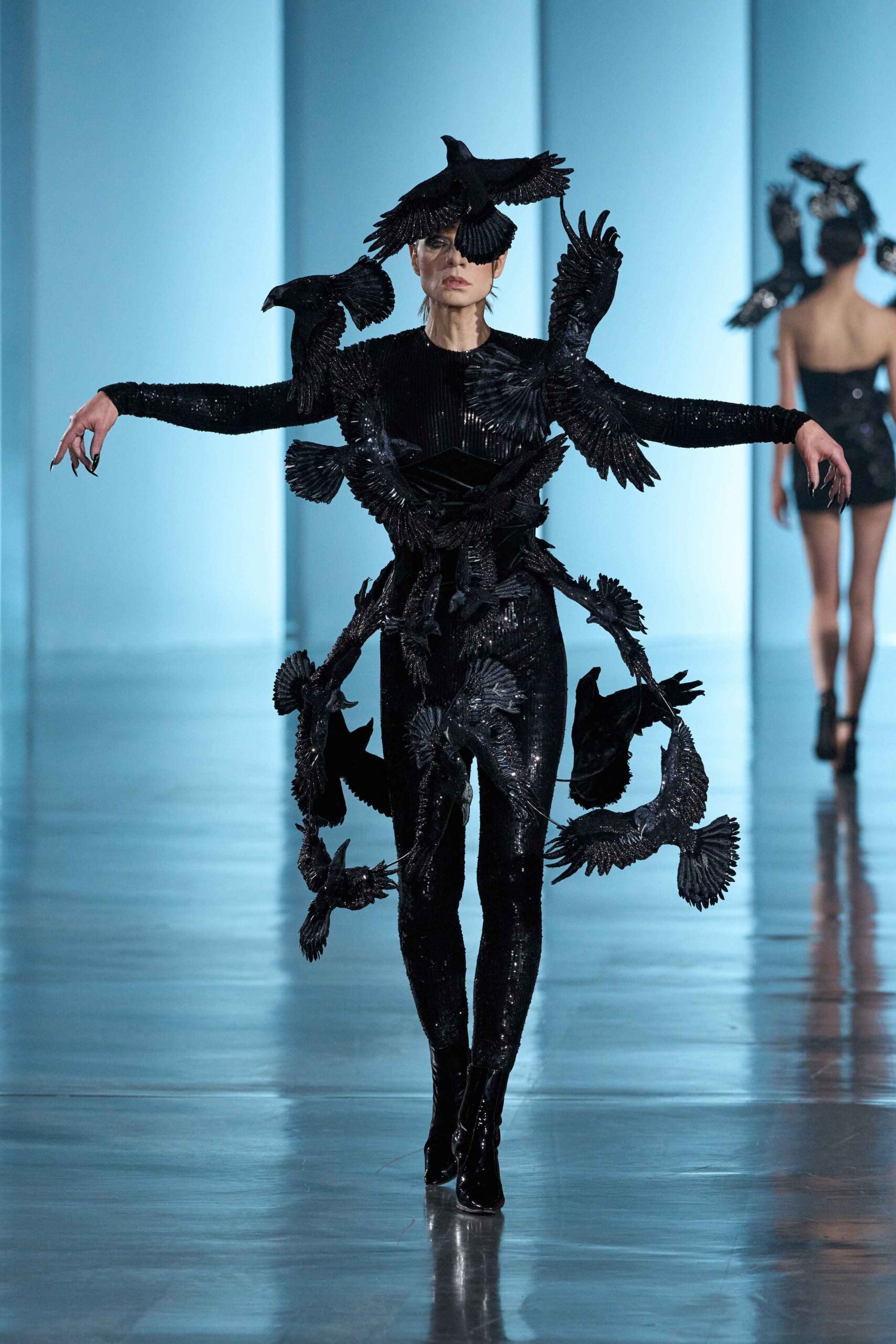
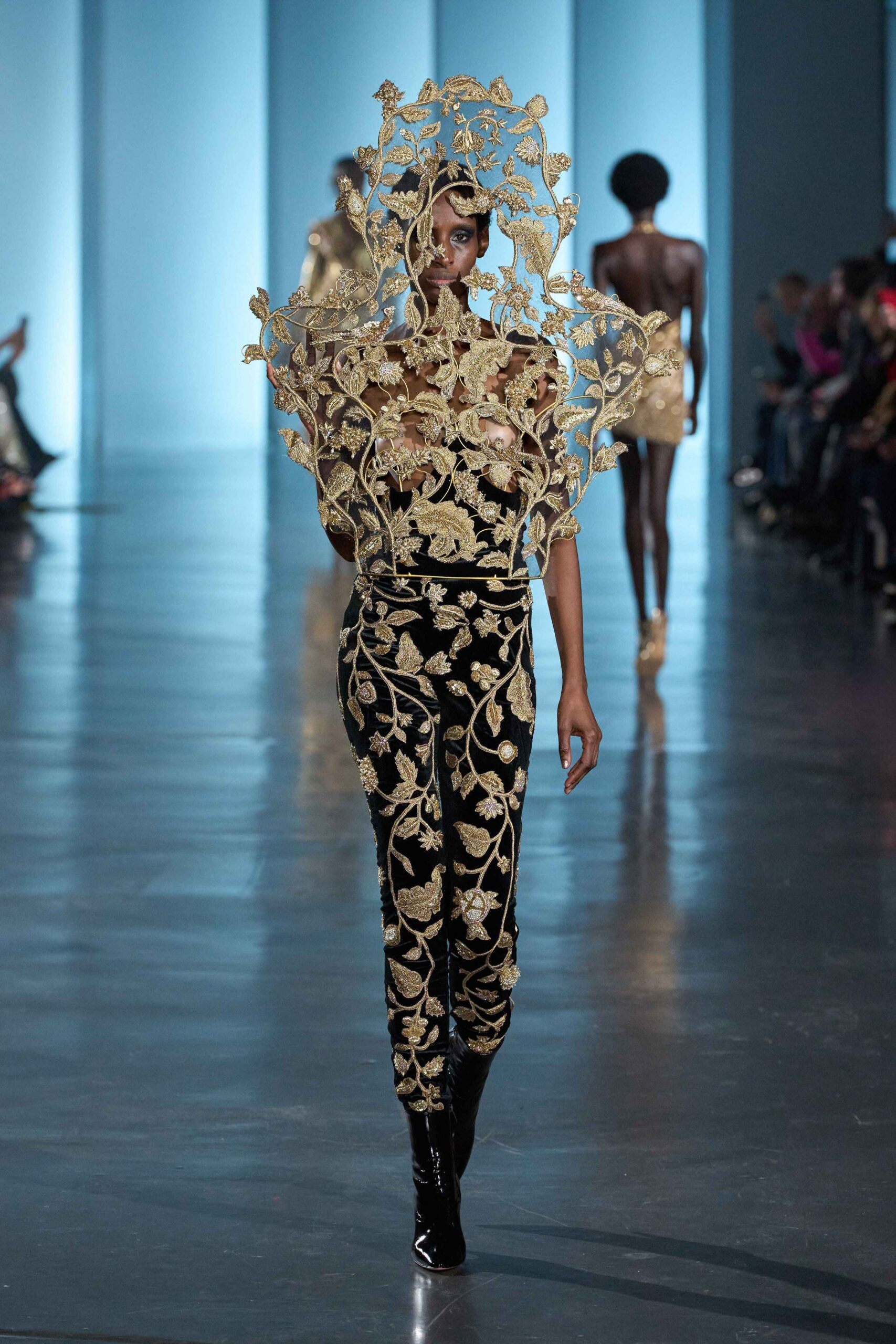
The Eligibility Game
Earning haute couture status is a trial by fire. It’s a rigorous process that demands a house prove its worth. Newcomers to the couture world must go through a probationary period. If their work passes muster, they can eventually earn a spot as a member of the official haute couture calendar. But even after that, the designation is not permanent. Each season, houses must prove their skills, ensuring they maintain the high standards set by the Federation.
Becoming a member of the Fédération de la Haute Couture et de la Mode doesn’t just grant you a golden ticket to Paris Fashion Week—it places you in the ranks of the truly exclusive. Only a select few houses are granted the full status of “haute couture”, and they have to keep proving themselves to maintain it.
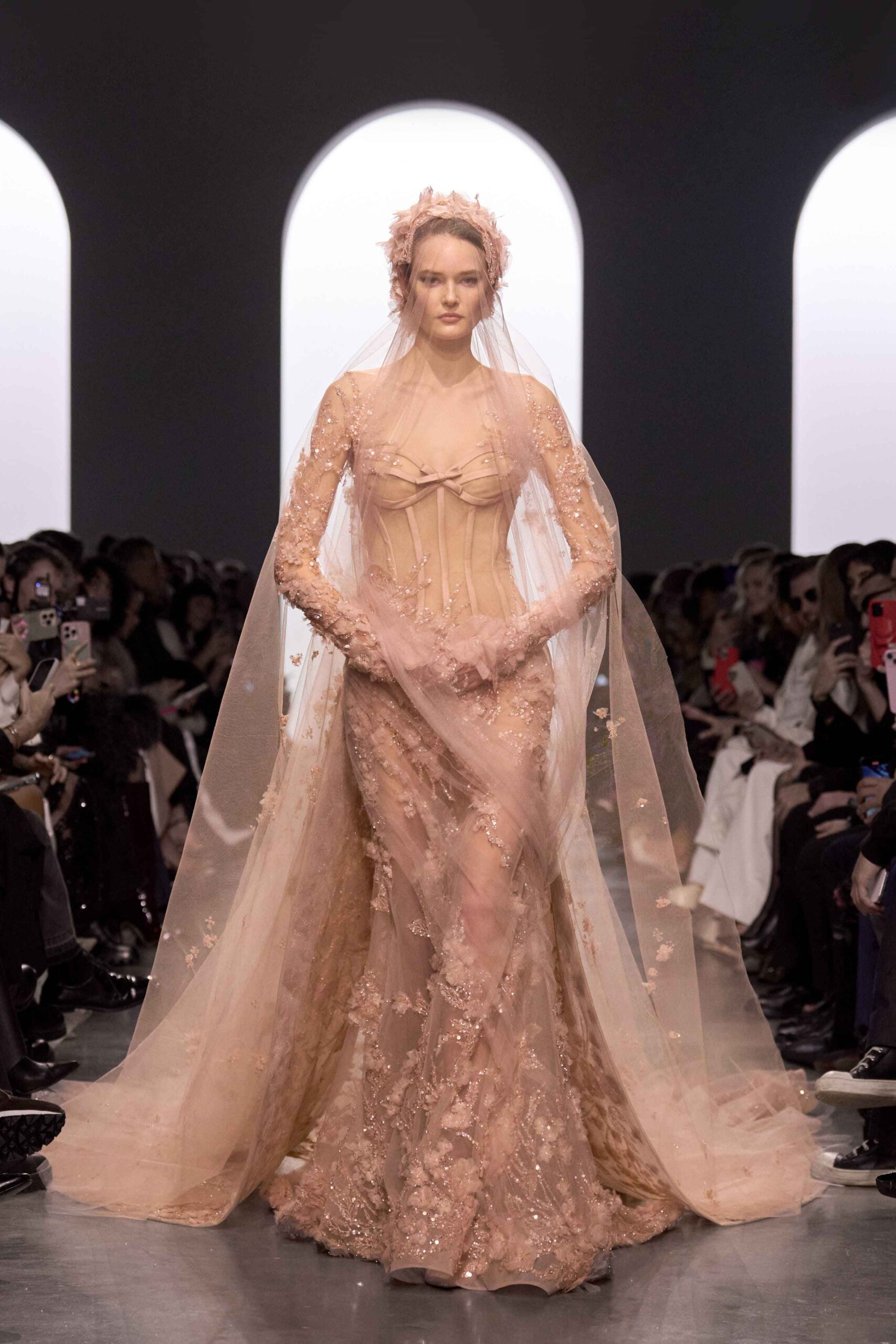
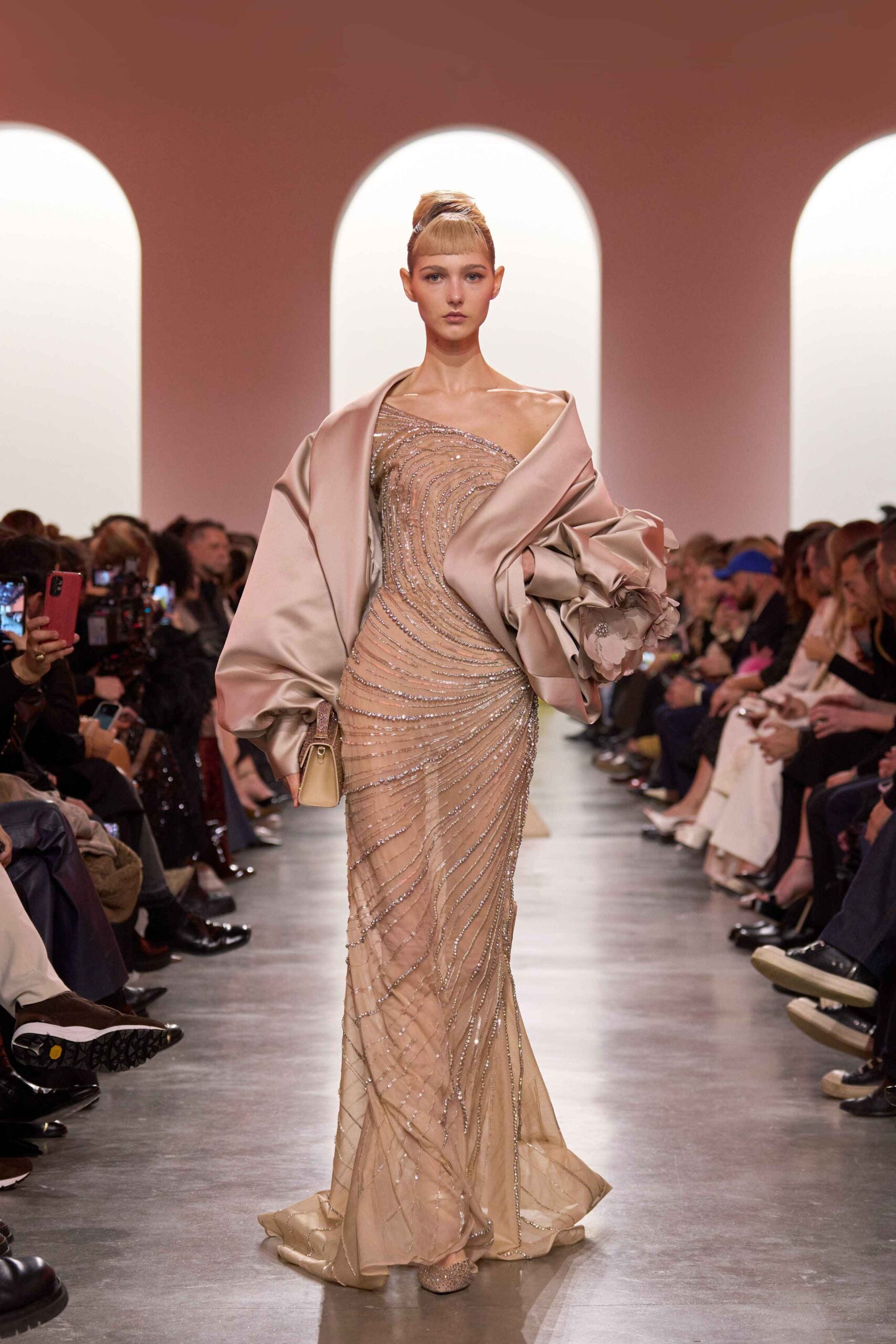
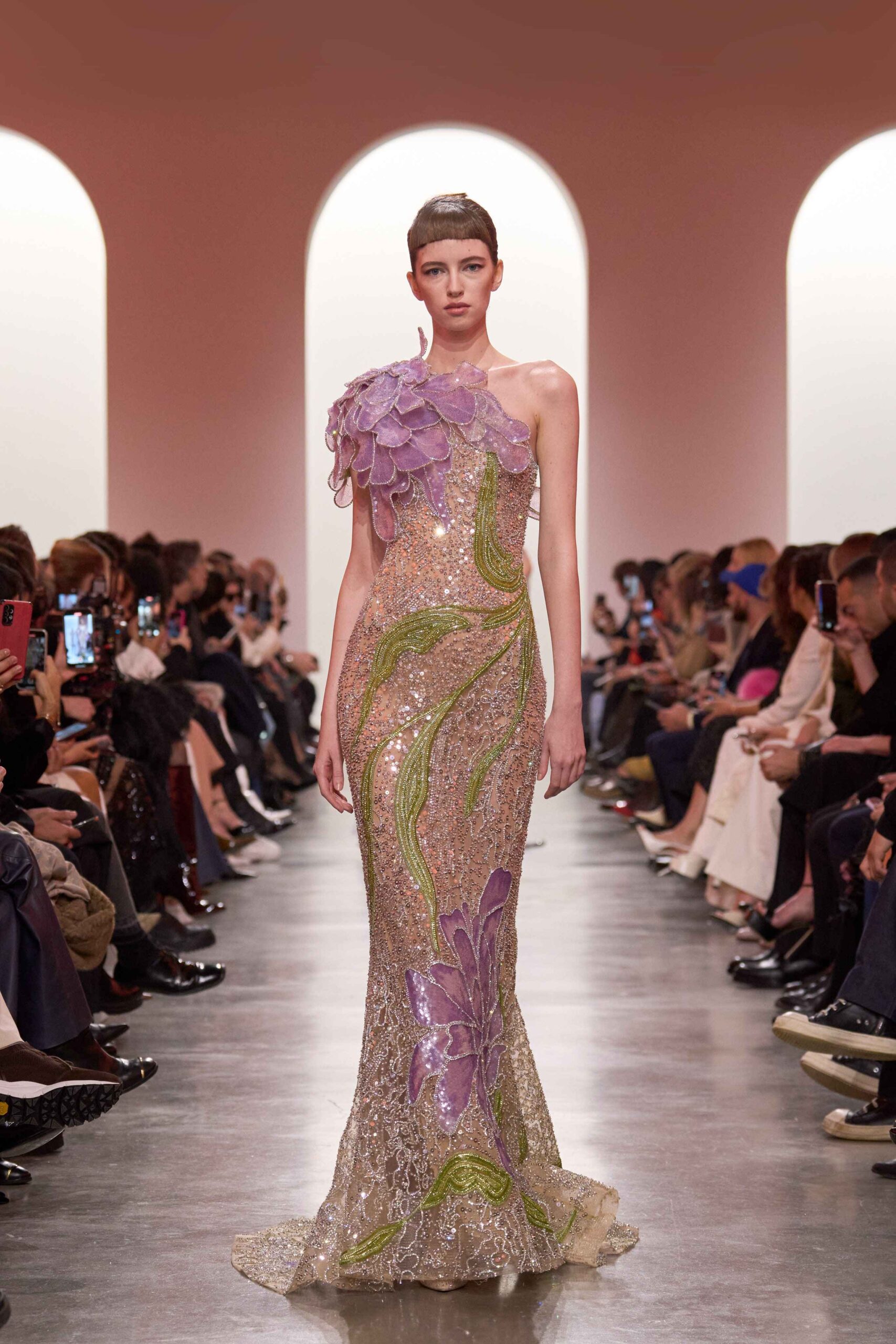
Haute couture isn’t a label to toss around for prestige. It’s a fortress of tradition, guarded by craftsmanship, history, and a rulebook that leaves no room for shortcuts. Inside, artisans spend hundreds of hours stitching garments by hand, while the rest of the world watches from a distance, yearning for entry. Think you have what it takes? You’ll need a Parisian atelier, an army of master craftspeople, and the patience to sew beads onto silk with monastic devotion. Even then, the Fédération decides who belongs. But don’t let that stop you—dreaming of couture is the closest most will ever get.
Photos: HEART EVANGELISTA (via Instagram), ELIE SAAB, ZUHAIR MURAD, GIAMBATTISTA VALLI, ASHI STUDIO, and RAHUL MISHRA
